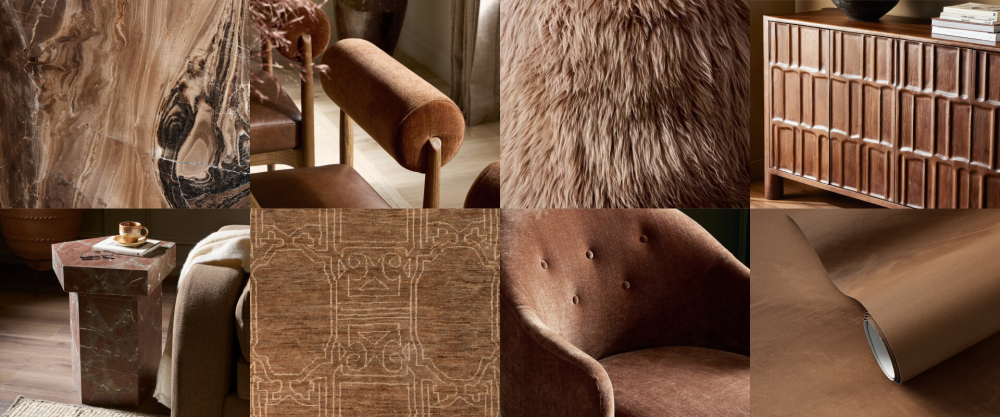 PROUDLY CANADIAN OWNED AND OPERATED
PROUDLY CANADIAN OWNED AND OPERATED 
Grand Opening Sale - Nanaimo
STORE LOCATIONS2w4eqweewqe
Now Open - Nanaimo
Currency
CAD - Canadian Dollar
- Home
- Product Care
Product Care


Every piece of furniture requires special care based on its materials and needs. Please follow the vendor’s instructions for the best results. Below are some general care instructions. Check to see the recommended cleaning code and guideline.
Fabric
Checking the upholstery cleaning codes before cleaning is essential. Always follow the manufacturer’s instructions to ensure proper care, as different fabrics respond differently to cleaning methods. Spot clean only with a water-free dry-cleaning solvent. Always pretest a small, inconspicuous area before applying any cleaning solution. For general care, keep furniture out of direct sunlight, rotate cushions, and avoid heavy or sharp objects on the fabric. Use slipcovers for added protection, and clean spills right away. Follow manufacturer guidelines for cleaning.
Leather
Vacuum or wipe regularly with a soft cloth to remove dust and dirt. To clean, use a damp cloth with mild soap and water or a soft leather cleaner. Blot spills immediately with a clean, dry cloth. Avoid abrasive cleaners that can damage the leather and keep the furniture out of direct sunlight to prevent fading. For better results, always check the manufacturer’s guide for specific cleaning instructions.
Wood
To maintain your furniture, clean spills immediately and dust the surface with a clean and moist cotton cloth. Always polish or dust with a motion that follows the grain of the wood to avoid scratching the surface. Butcher blocks should be treated regularly with food-grade mineral oil. For better results, always check the manufacturer’s guide for specific cleaning instructions.
Solid wood furniture naturally responds to humidity and atmospheric changes, which may cause minor splitting, cracking, or warping. These non-structural variations enhance the authenticity and appeal of the product.
Feather and Down Cushions
Fluff regularly to maintain comfort and appearance. Drop cushions on their edge (narrow side) and repeat this on all four sides to separate and add air back into the feathers. This process helps prevent the cushions from becoming compressed.
Stone
Natural stones like marble, travertine, granite, limestone, and cement stone are delicate and require gentle care. Avoid acidic cleaners, including vinegar, as they can damage the finish and cause permanent etching. Some stones are porous and may absorb liquids, so wipe spills immediately by blotting with a clean, dry cloth. A mild detergent can help with stubborn stains but should be used sparingly. Use coasters and avoid placing glasses or hot objects directly on the stone. Always dry the surface after cleaning to prevent moisture absorption. Sealed stone offers extra protection but requires periodic resealing, while unsealed stone is more prone to staining. To achieve the best results when cleaning, refer to the manufacturer's cleaning guide.
Glass/Mirrored Glass
Wipe weekly with a slightly damp cloth to maintain cleanliness. Use felt protectors under objects placed on the surface to avoid scratches. Ensure items placed on glass are the appropriate weight for the thickness of the glass.
Resin and Acrylic
Avoid sharp objects to prevent scratching and marking. Keep away from harsh chemicals and solvents that could damage the surface. To clean, use a mild detergent and lukewarm water, wiping the surface with a clean, soft cloth. For acrylic surfaces, use a non-abrasive cleaner formulated specifically for acrylic.
Outdoor Fabric
To maintain the longevity and appearance of your outdoor furniture, regular cleaning is essential. Use a soft brush and mild soap with cold water to remove dirt and debris, then pat dry and allow the furniture to fully air dry for 2-3 hours before covering. If cushion covers are removable, spot clean stains promptly and wash them according to the care instructions.
Sun Exposure and Fading
Most manufacturers do not cover damage caused by sun exposure, as all materials are prone to fading from sun/UV rays. Protecting furniture from extreme heat or cold will help prevent damage and wear. Sun exposure and UV rays can cause fading over time, so consider using covers, or special UV-resistant films to shield material and extend their lifespan.
My Wish List
